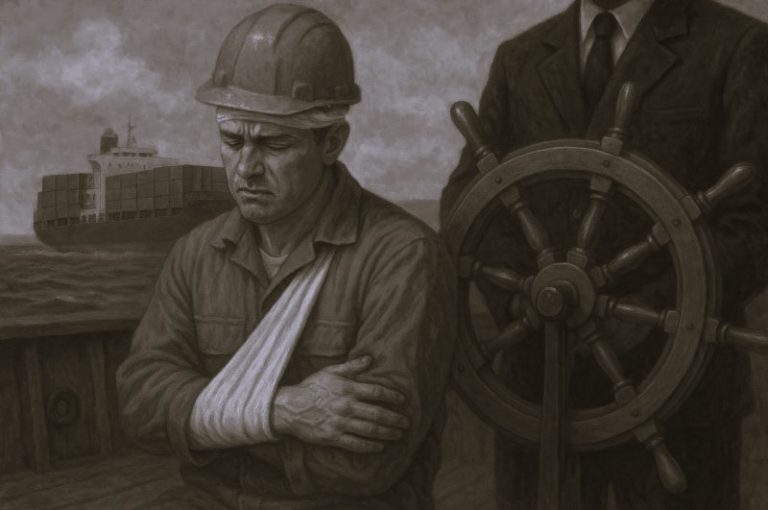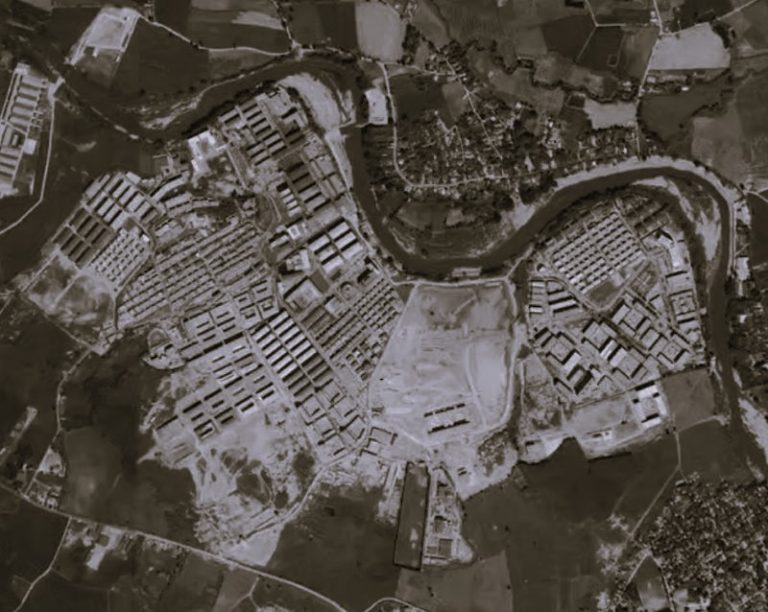
In the 17th century, early modern European medical theory had an impact upon Islamic medicine through the writings of the Paracelsians.

By Dr. Emilie Savage-Smith
Professor of the History of Islamic Science
University of Oxford
As the Islamic world became increasingly fragmented, the patronage and accompanying prestige and security enjoyed by the leading physicians declined. Spain was lost, European crusaders made repeated invasions into the central lands, and in the 13th century Mongol invasions from the east disrupted life. The Mamluk rulers in Egypt managed to hold off the Mongol invasions, and it is no doubt for that reason that the medical community there remained active longer than elsewhere, with the exception of Safavid Iran.
The hospitals were dependent upon charitable endowments for their maintenance, and with time these funds became insufficient to support them, or, not infrequently, the lands supporting the endowment were confiscated. Consequently, the hospitals tended to deteriorate and eventually fall into disuse, except for a few such as the Nuri hospital in Damascus which continued to operate as a hospital until the end of the 19th century. With the expansion of the population, the remaining hospitals and dispensaries proved inadequate. Nonetheless, the learned medical community remained quite productive through the 14th century, particularly in Syria and Egypt. Within two more centuries, however, vitality and creativity had disappeared, the medical literature had stultified, and the practice of medicine deteriorated to the point where it no longer represented the medieval tradition at its best. In the latter half of the 16th century, Islamic medicine then became receptive to some of the ideas, techniques, and drug therapies developing in Europe.
Early modern European influence can first be seen in the earliest Islamic treatise on syphilis. This was written by `Imad al-Din Mas`ud Shirazi, a physician at the hospital in Mashhad in northeast Iran. In his Persian treatise on syphilis written in 1569 (977 H), he followed the European practice of advocating for its treatment the use of China Root (Chub-chini), the rhizome of an Old World species of Smilax found in eastern Asia. This new drug for treating a new disease was rapidly incorporated into Arabic medical writings. For example, Da’ud al-Antaki, a Syrian physician who died in 1599 (1008 H), included a similar description of syphilis and China Root in his Arabic medical encyclopedia. Da’ud al-Antaki also relied heavily upon medieval Islamic writers and earlier Greek sources, for which he learned Greek so as to study them directly.

ban 1162 H) by scribe Sami Mustafa Efendi al-Sha`ir. NLM MS A13, fol. [5b]In the 17th century, early modern European medical theory had an impact upon Islamic medicine through the writings of the Paracelsians, followers of Paracelsus (d. 1541), whose `chemical medicine’ employed mineral acids, inorganic salts, and alchemical procedures in the production of remedies. Sali ibn Nasr ibn Sallum, a physician born in Aleppo, Syria, and later court physician in Istanbul to the Ottoman ruler Mehmet IV (ruled 1648-1687/1058-1099 H) was greatly influenced by these writings.
Ibn Sallum incorporated into his book The Culmination of Perfection in the Treatment of the Human Body (Ghayat al-itqan fi tadbir badan al-insan ) translations of several Latin Paracelsian writings, such as those by Oswald Croll (d. 1609), professor of medicine at the University of Marburg, and Daniel Sennert (d. 1637), professor of medicine at Wittenberg. Therapy was primarily a drug therapy, with diseases explained in terms of salt, quicksilver and sulphur rather than the Galenic theory of the balance of humors. Many of the medicaments required distillation processes and plants that were indigenous to the New World, such as guaiacum and sarsaparilla. The treatise not only reflects the new chemical medicine of the European Paracelsians, but also described for the first time in Arabic a number of `new’ diseases, such as scurvy, chlorosis, anaemia, the English sweat (a type of influenza), and plica polonica (an eastern European epidemic of matted and crusted hair caused by infestation with lice).
Occasionally bloodletting and cautery figures, clearly derivative from similar illustrations in medieval European manuscripts, are found in some Islamic manuscripts of about the 17th century or later. By the 17th century it appears that Vesalius’s Latin treatise The Fabric of the Human Body (De humani corporis fabrica) printed in 1542-3 was also known in the Safavid and Ottoman empires, for a number of preserved ink sketches of the 17th through 19th century indicate familiarity with illustrations from the Fabrica.

In the 17th century not only did early modern European medical ideas filter into the Middle East, but Europeans became interested in learning of the medical practices then current in the Islamic world. One example is Joseph Labrosse, who was born in Toulouse in 1636 and entered the order of Discalced Carmelites, taking the name of Fr. Angelus of St. Joseph. In 1662 he went to Rome and studied Arabic for two years, and then in 1664 went to Isfahan and studied Persian. While in Iran, he used medicine as a means of propagating Christianity and in the process read many Arabic and Persian books on medicine and “visited the houses of the learned people of Isfahan and paid hundreds of visits to the shops of the druggists, the pharmacists, and the chemists.”

After Labrosse returned to France, he published his Pharmacopoea Persica and a few years later a Gazophylacium linguae persarum,which was a dictionary of Persian words with Italian, Latin and French definitions, with much attention paid to medical terms. The Pharmacopoea Persica ex idiomate Persica in Latinum conversa, published in Paris in 1681, consists of a Latin translation made by Father Angelus de Sanctu Josepho (Joseph Labrosse) of a Persian book on compound remedies by Muzaffar ibn Muhammad al-Husayni (d. 1556/663 H), with additional comments by Labrosse.
In the middle of the 18th century the plague befell Istanbul, and the traditional Islamic medicine seemed to do little to combat it. Consequently, the Ottoman sultan Mustafa III ordered a Turkish translation to be made of two treatises by Hermann Boerhaave (d. 1738), a Dutch medical reformer and advocate of bedside instruction. The Turkish versions were completed in 1768 by the court physician Subhi-Zade `Abd al-`Aziz with the assistance of the Imperial Austrian interpreter Thomas von Herbert. Subhi-Zade attempted not only to translate Boerhaave’s ideas but to reconcile and harmonize them with traditional Islamic medicine.
It was not until the 19th century that profound changes occurred in the teaching of medicine in the Near East. In 1825 Antoine-Barthelemy Clot was appointed surgeon-in-chief to the Egyptian army. Clot had been a physician at Montpellier prior to coming to Egypt, and by 1828 he established a medical school near Cairo at which French, Italian and German professors taught. In 1850 a military medical school, the Dar al-Funun, was founded in Tehran in Iran, where instruction was given in French by professors from Austria and Italy. A number of European medical texts were translated into Persian at this school.
The most recent Islamic manuscript in the collections of the National Library of Medicine is an important document for the nature of medical care in one region of the Middle East just prior to the establishment of medical schools on a European model. It is an autograph copy of a Miscellany on the Art of Medicine (Khalitah fi sina`at al-tibb) completed on the 6th of January 1814 (14 Muharram 1229 H) by a North African physician Ahmad ibn Muhammad al-Salawi. Following 48 years of experience, he discussed the diseases most common in North Africa in his day, warning against the use of some drugs approved by older authorities and occasionally advocating the methods used by European doctors.
Then, as now, however, aspects of traditional medieval Islamic medicine continued to coexist alongside the modern European medicine. In the late 19th century treatises of Ibn Sina, al-Majusi, and Ibn al-Baytar, among others, were printed at the Bulaq press in Cairo because they continued to represent a vital tradition, which the Yunani medical colleges of Pakistan and India are continuing, at least in part, to maintain today.
Originally published by the U.S. National Library of Medicine, 04.15.1994, to the public domain.







